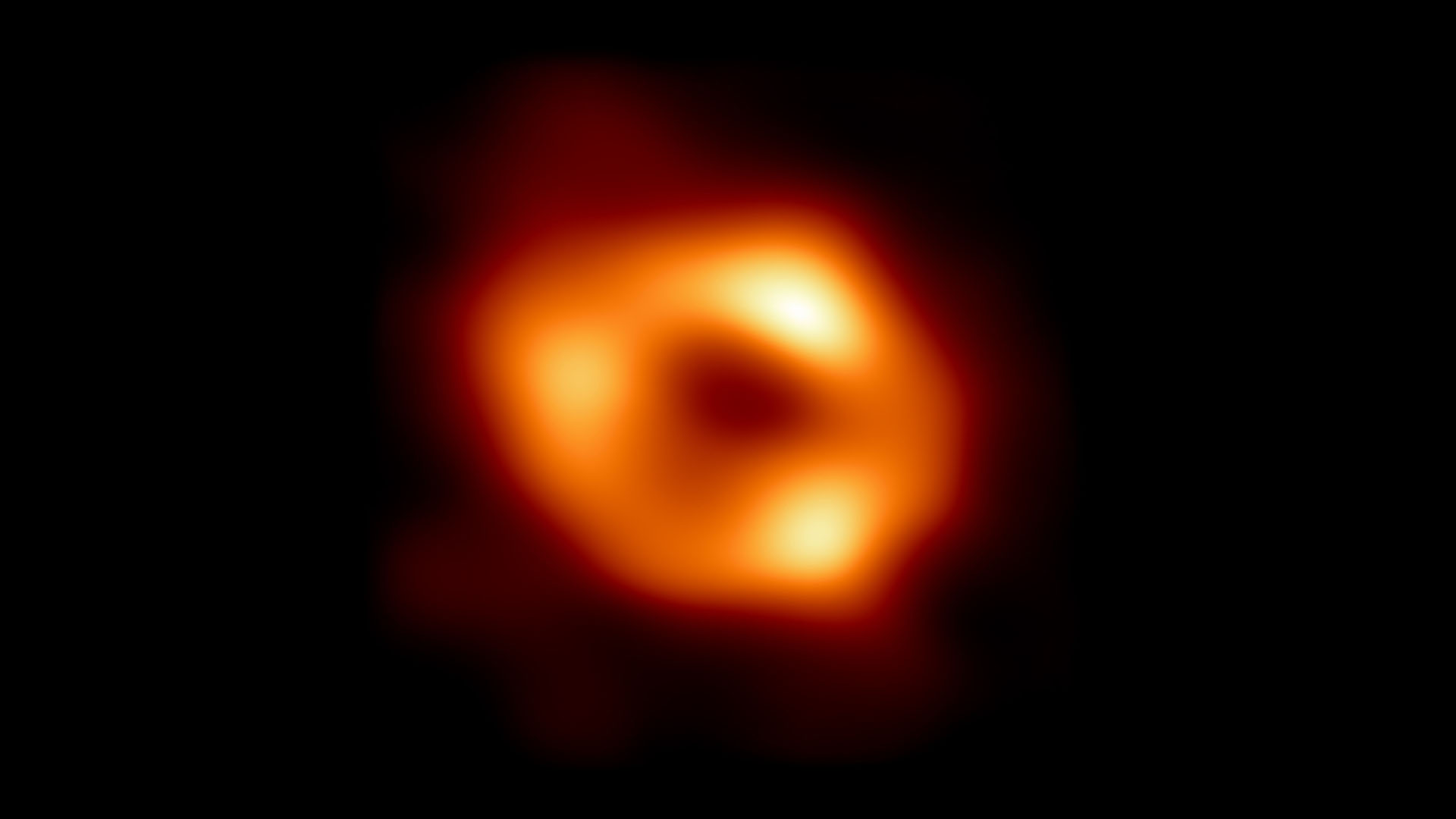CIMB, Vol. 45, Pages 2984-2999: Using Odontoblasts Derived from Dog Endometrial Stem Cells Encapsulated in Fibrin Gel Associated with BMP-2 in a Rat Pulp-Capping Model
Current Issues in Molecular Biology doi: 10.3390/cimb45040196
Authors: Elham Hoveizi Hadi Naddaf Sina Ahmadianfar Sara Bernardi
This study aimed to treat dental injuries by utilizing one of the most advanced tissue engineering techniques. In this study, an in vitro model was employed to investigate the proliferation and odontogenic differentiation of canine endometrial stem cells (C-EnSCs). Furthermore, the dentin regeneration potential of odontoblast like-cells (OD) derived from C-EnSCs was assessed in rats. The C-EnSCs were isolated by the enzymatic method and identified by flow cytometry. The C-EnSCs were encapsulated in fibrin gel associated with signaling factors to create the proper conditions for cell growth and differentiation. Then, the OD cells were associated with bone morphologic protein-2 (BMP-2) to promote dentin formation in vivo. The animal model used to evaluate the regenerative effect of cells and biomaterials included the preparation of the left maxillary first molar of rats for direct pulp capping operation. Animals were divided into four groups: group 1, a control group without any treatment, group 2, which received fibrin, group 3, which received fibrin with ODs (fibrin/ODs), and group 4, which received fibrin with ODs and BMP-2 (fibrin/ODs/BMP-2). The morphological observations showed the differentiation of C-EnSCs into adipose, bone, neural cells, and ODs. Furthermore, the histomorphometric data of the treated teeth showed how fibrin gel and BMP2 at a concentration of 100 ng/mL provided an optimal microenvironment for regenerating dentin tissue in rats, which was increased significantly with the presence of OD cells within eight weeks. Our study showed that using OD cells derived from C-EnSCs encapsulated in fibrin gel associated with BMP2 can potentially be an appropriate candidate for direct pulp-capping and dentin regeneration.

 1 year ago
29
1 year ago
29

